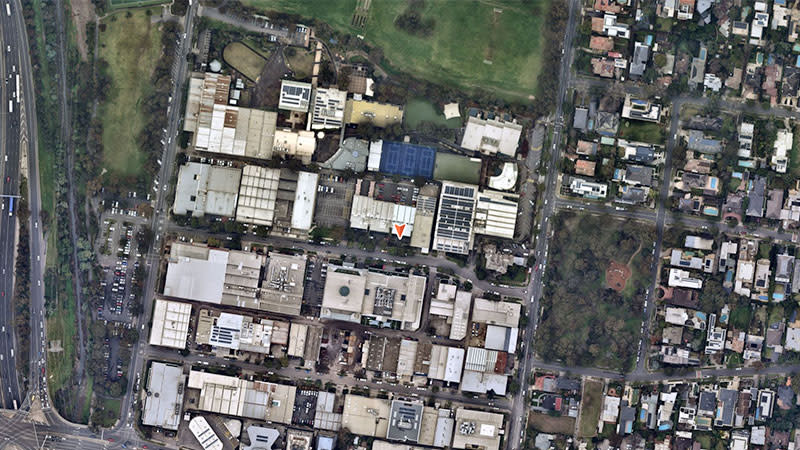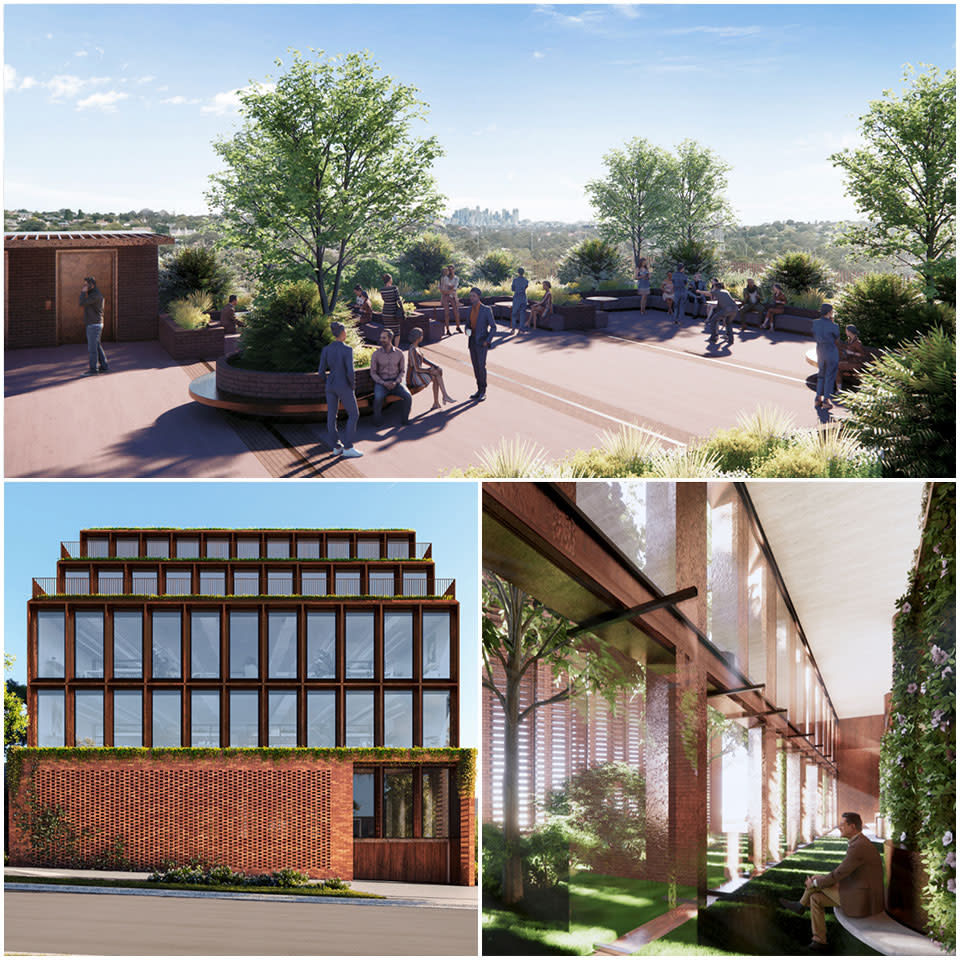
Melbourne-based developer Samuel Property is confident its $60-million-plus boutique office project in Hawthorn East will hit the right post-pandemic notes as demand for high-quality offices in city-fringe locations continues to intensify.
The private developer, headed by Illan Samuel and known for its high-end residential developments, purchased the 1300sq m site at 17 Cato Street for $4.2 million in mid-2021 in a counter cyclical move at the height of Covid-19 lockdowns.
Samuel now has plans with the City of Boroondara for what will be the developer’s first office project—a six-level commercial building above two basement levels for 60 vehicles.
If realised, the development will offer 5000sq m of flexible, A-grade office space, with larger 1000sq m floor plates running through its mid-levels.
Samuel told The Urban Developer the trend of employers increasingly opting for city-fringe properties had provided the confidence to press ahead with the development group’s pilot commercial play.
“Despite having a 10-plus year history in residential development, I'm always looking at different opportunities,” Samuel said.
“I am a firm believer of the adage that ‘careers are made in the office’ and when conceiving the scheme for Cato Street we really tried to consider everything that a future tenant might want.
“We’ve designed the building with the pandemic in mind. The core features centre on wellness and green amenities and the facilities we are planning are a big part of the design. They will no-doubt futureproof the building for its eventual occupants.”
The building, designed by Cera Stribley, will replace an existing, underutilised single-level office building at the centre of Cato Street’s existing light industrial and commercial precinct, bordered by Toorak, Tooronga and Auburn roads.

Samuel targeted the site due to its position at the highest point of Cato Street, which the developer has leveraged in its plans by providing two outdoor terraces, at the rear of the building—on level four and five—as well as a large communal rooftop terrace which will hold uninterrupted views towards the CBD.
The office project will also include a breathable facade, smart systems, nature integration, renewable energy, touchless features, agile office spaces and end-of-trip facilities.
Samuel said, off the back of the pandemic, it was important to create a future-focused workplace that would galvanise employers and employees to return to the office.
According to the Property Council of Australia, vacancy rates have been on the rise over the last six months as more people bed down in work-from-home conditions.
In Melbourne’s CBD, where the gap between supply and demand is wide, vacancy has now lifted to 13 per cent.
Samuel said Hawthorne East, in the Melbourne’s leafy eastern suburban belt, had strong fundamentals compared to other established fringe office suburbs such as Cremorne—a fast emerging hub for the tech and creative industries—where development had been rampant and vacancy was tightening.
“Hawthorne East, which is surrounded by quite a few affluent suburbs, is a bit of a sleeping giant in terms of the potential for positive additions and quality office buildings. The area has really been crying out for this type of development for some time,” Samuel said.

“Cremorne, Richmond, Burnley and Collingwood—these are suburbs that are becoming quite built up in a short amount of time as the go-to fringe office markets. Due to more density and traffic they are also becoming quite difficult to get in and out of.
“For any business wanting to be in a suburban location, who have purposefully opted to not want to be in the CBD, they want to feel like they are able to access their office easily, while also being close to home.
“From a price point, Cato Street will be quite a compelling argument for businesses hunting for high-quality fringe office space that they are being priced out of in neighbouring suburbs such as South Yarra, Collingwood or Cremorne.”
Samuel specialises in the high-end multi-residential sector having delivered 15 projects mainly in Melbourne’s inner suburbs.
Its project Willow in Brighton will be completed on schedule in two months time while the developer is in the final stages of negotiation for 2023 first quarter start with an undisclosed builder for Louise—a 100-apartment project on the north-west corner of Louise Street and Queens Lane in central Melbourne.
In another first, Samuel recently lodged plans for a $70-million boutique apartment project in Cowes on Phillip Island, its first project outside of central Melbourne, comprising 91 high-end apartments in a mix of one, two, three and four-bedroom configurations.
Looking ahead, Samuel said the developer was bullish on further site acquisitions to pad out its pipeline after finding success in its counter cyclical approach to break into the commercial sector.
“We are not just residential property developers and we are actively looking at all types of opportunities,” he said.
“Moving forward we will have sites and locations in our crosshairs that will be more commercial aligned and more residentially aligned, while we also have the ability to flex into mixed-use development.”